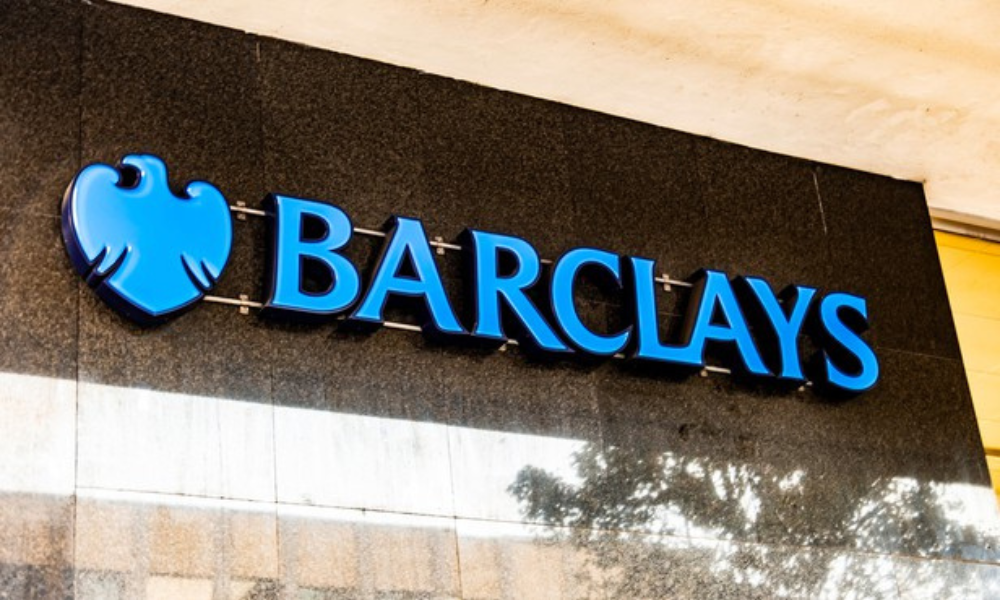

by Prima Wirayani
Carry trades may make a near-term comeback as easing US-China tariff tensions reduce pressure on central banks to cut interest rates, according to Barclays Plc.
The bank favors the dollar, Brazilian real, Colombian peso, Indian rupee and Mexican peso, analysts including Erick Martinez wrote in a May 18 note, while preferring euro-funded trades as peak tariffs erode the downside risks for the greenback.
Monetary policymakers can afford to take their time, “staying data dependent and preserving what carry is left in the foreign exchange,” the strategists said. They added that “the more benign global environment where the world is likely to slow, but growth won’t collapse, also leaves central banks in less of a rush to ease.”
The popular carry trade involves borrowing in currencies from countries with relatively low interest rates and investing the funds in those with higher rates. Emerging market investors use the trades to increase returns but the trade can unwind quickly during high-volatility periods.
Barclays sees volatility settling to levels seen after the US election in November and before the early April tariff announcements but warns that the carry trade window may not last forever as central banks get closer to their neutral rates.
“Tariff uncertainty is still likely to weigh on global growth, but less on volatility as negotiations take place in the background and the tail risks for the global economy and broad dollar have been removed,” they wrote.
Copyright Bloomberg News

Lutnick’s exit from affiliated firms includes $361 million in stock sales and a family trust handoff.

A Friday evening markdown by the Big Four credit rating agency is compounding risks from tariff threats and long-simmering fiscal issues.

Veteran leader from Resolute Investment Managers breathes new life into the New York-based Dynasty Financial Partner firm's leadership.

Rare Sunday night panel meeting agrees to proceed.

Wall Street anticipates surge in dealmaking.
How intelliflo aims to solve advisors' top tech headaches—without sacrificing the personal touch clients crave
From direct lending to asset-based finance to commercial real estate debt.
